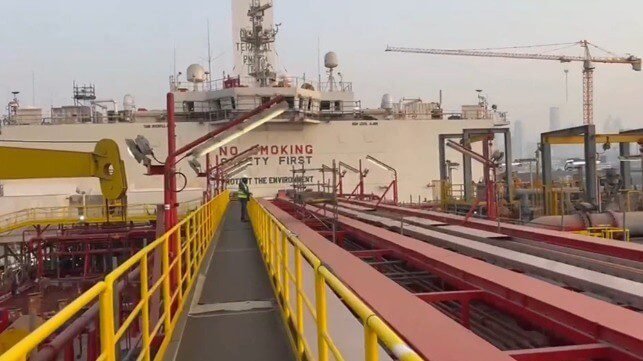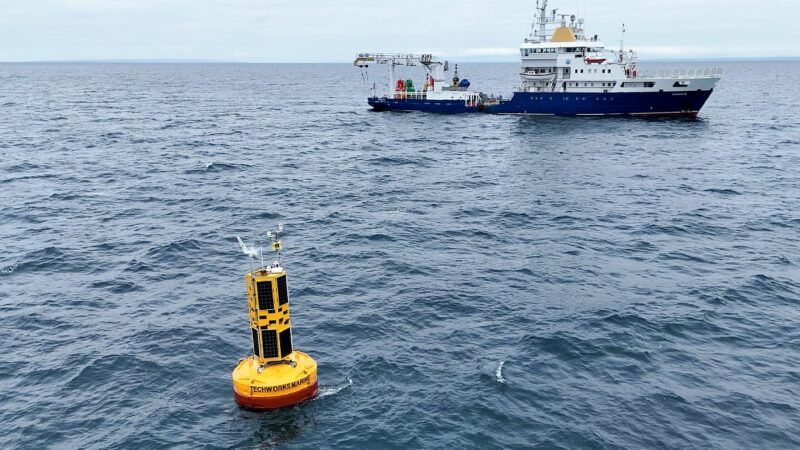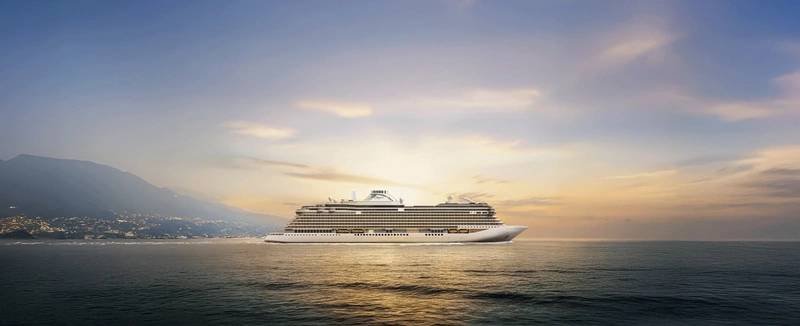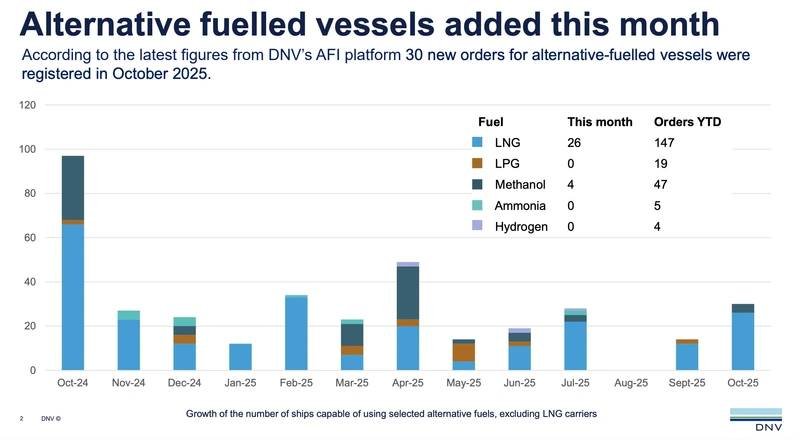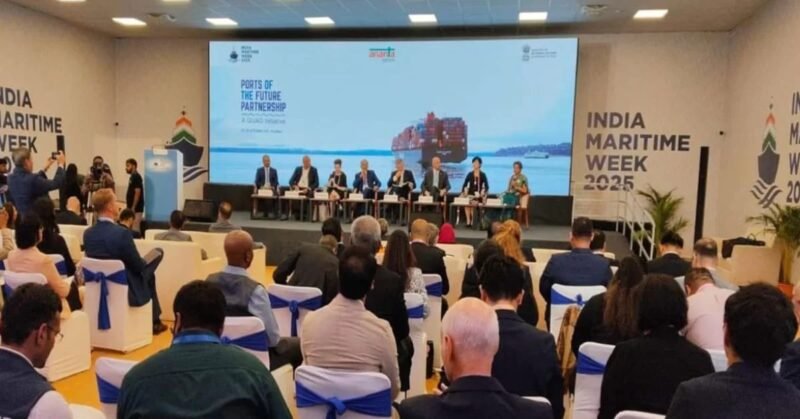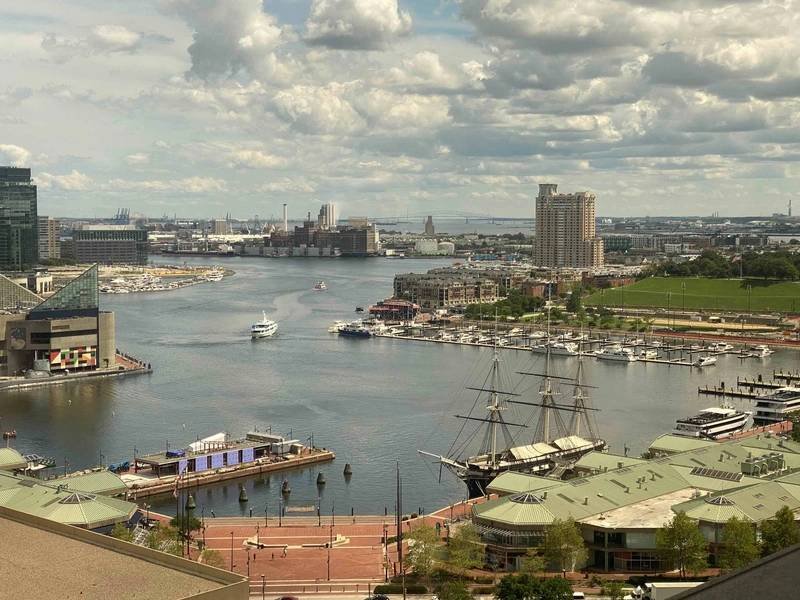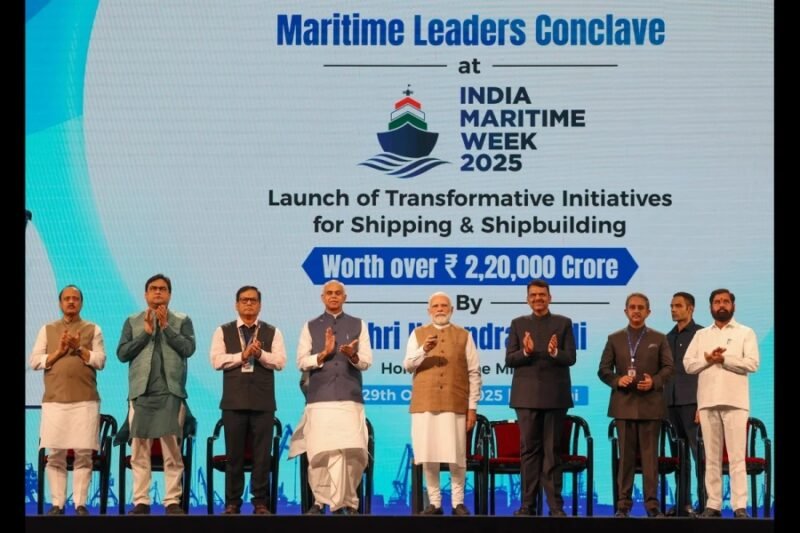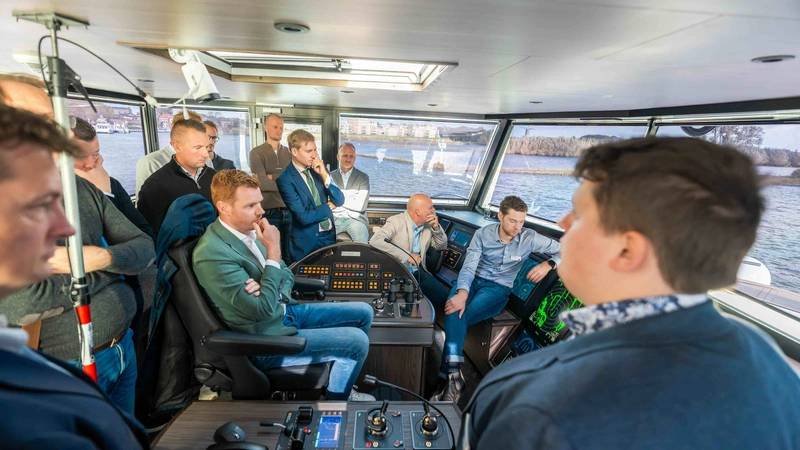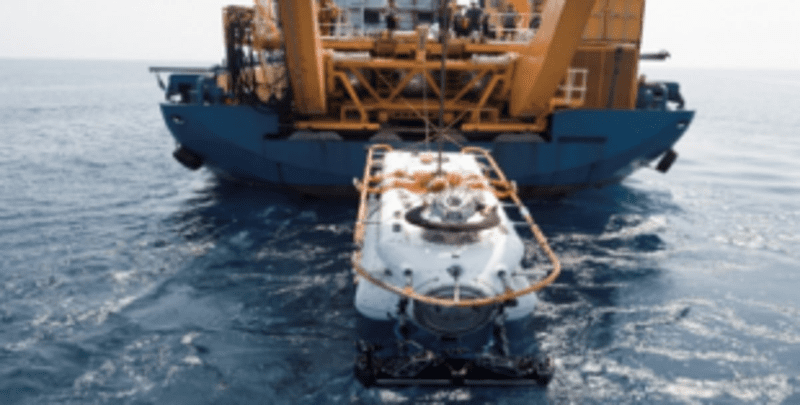Wind-assisted propulsion technology, initially utilized on bulkers and tankers, is now being extended to LNG gas carriers through a collaboration between Mitsui O.S.K. Lines and Chevron Shipping Company. This innovative technology involves the installation of a rigid sail made of composite material on vessels, with the first deployment planned on an under-construction gas carrier without requiring significant modifications to the standard LNG carrier design.
MOL and Oshima Shipbuilding successfully developed the Wind Challenger sail, which has already been implemented on two bulkers, resulting in fuel savings of up to 17 percent on a 100,000-dwt bulker. The companies have obtained design approval to incorporate the sail onto gas carriers, with Chevron set to deploy the first gas carrier equipped with the Wind Challenger sail, being built by Hanwha Ocean for delivery in 2026.
The gas carrier will feature two Wind Challenger sails, each with three telescoping sections reaching a maximum height of approximately 161 feet and a width of about 49 feet. The strategic positioning of the sails on the vessel minimizes impact on existing design, enabling the retention of the mooring arrangement and maintaining a limited effect on the vessel’s windage area. MOL plans to expand the deployment of Wind Challenger technology to additional vessels, with seven new construction bulkers and the first retrofit of the technology on an in-service bulker scheduled for 2025, aiming to equip 25 vessels by 2030 and 80 vessels by 2035.







